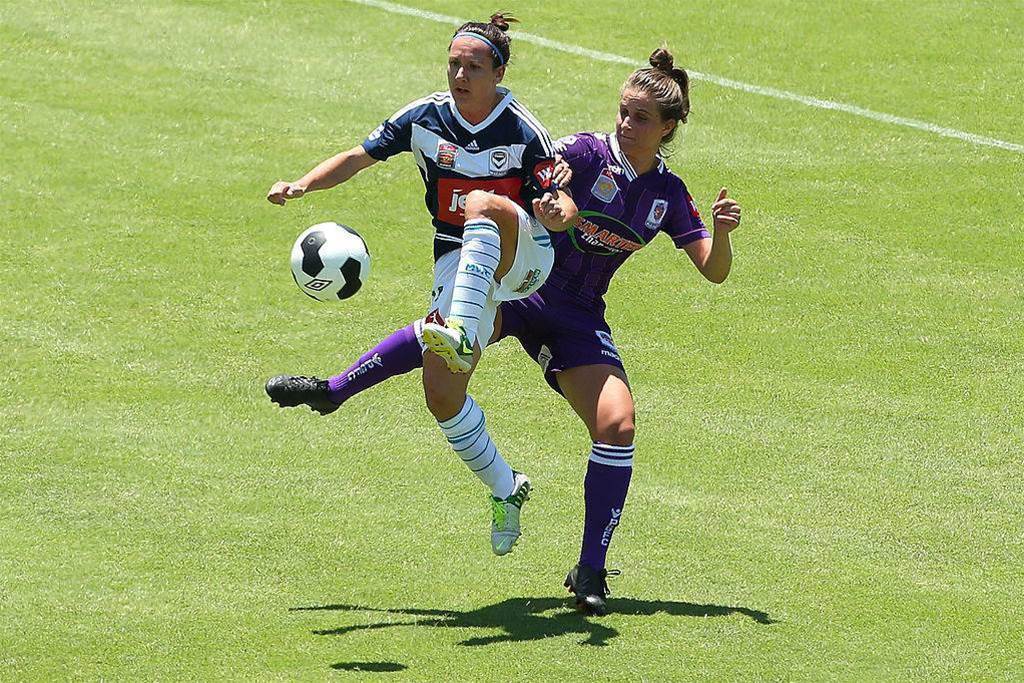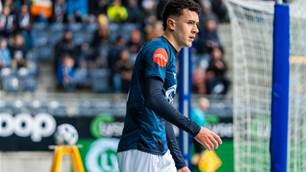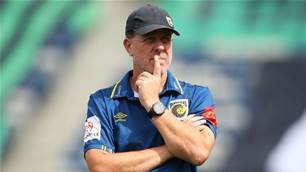The W-League contributes a tiny fraction of FFA's overall revenue. But if the game can't improve without professional players, how can it secure professional wages?
The total revenue generated by Football Federation Australia (FFA) in 2018 was $132.5M. Of this gate receipts comprised of $7.6M. Of the $7.6M in gate receipts, $6.9M or 91% came from the A-League, FFA Cup or Socceroos.
Only $600,000 or 7% came from the Matilda’s with the W-League understandably contributing only a tiny fraction.
This is the main reason why W-League players don’t get anywhere near their male counterparts when it comes to remuneration and financial support.
However, the times, they are a-changin'.
The opportunity exists now more than ever for female football fans to help bridge the pay gap between males and females by generating their own revenue.
Many A-League clubs now have W-League only memberships, for those only interested in the W-League. W-League tickets and memberships are significantly cheaper than their A-League equivalents.
The Western Sydney Wanderers have recently released a W-League package for as low as $70 for adults. The likes of Melbourne City, Brisbane Roar, Perth Glory, Newcastle Jets and of course Canberra also have W-League only memberships.
Another major boost for the W-League is that A-League memberships themselves have always allowed free entry to W-League games.
Even though free entry in itself won’t generate revenue, the more A-League memberships sold the more revenue generated for clubs to invest in their W League teams. The reality is clubs can’t sustain W League teams purely from revenue generated by the W league. Also the bigger the W League crowds, the more justification females can have for getting a bigger slice of membership revenue.
In a nutshell, there are plenty of chances now for the W League to get bigger crowds. No excuses!
Former Matilda and current Melbourne Victory W-League star, Ella Mastrantonio, was excited that clubs are now selling W League specific memberships.
Mastrantonio, who has also played for Perth Glory, understands the importance of distinguishing the fact the W League stands in its own right.
“I think it’s definitely a step in the right direction in order to generate interest in it and for the fan experience,” she said.
“It gives greater access to games and shows the W-League is a competition on its own.”

W-League games are often played at more football friendly intimate venues. They are usually at a decent time as well. It is often a fun night out with plenty of entertainment apart from the game itself. The players are also fantastic in making the time to interact with fans post-game.
The W-League average crowd figure was 1,528 in the 2018/19 season, in 2017/18 it was 2,122. With the increased exposure it will get due to W-League memberships and additional TV coverage, organisers are hoping it will recover and head towards the 3,000 mark.
Earlier this month it was announced that all W-League games will be shown live on Fox Sports, with one game a week also beamed live on free to air via the ABC. This is a major revenue boost for the women’s game.
Every game will also be streamed live on the My Football App as well as Kayo Sports.
The TV coverage given by Fox Sports for both the W-League and A-League is first class. The professionalism of the presenters and the in-depth analysis they give for both leagues is as good as you will get anywhere in the world.
There are plenty of reasons for fans to tune in to W-League games.
Last season there was a game played nearly every Thursday night in prime time as a stand-alone fixture, with Fox Sports beaming the match into TV sets around the country.
The new deal announced earlier this month will likely make things even better. It will be interesting to see the metrics at the end of next season, just to see how popular the product is. No excuses.
Mastrantonio admitted it is exciting to see so much TV coverage for the elite women’s competition down-under, sighting the increased exposure the W-league will get within the country and overseas.
“It’s fantastic to finally have access to all of our games, as it’s imperative for the women’s game to grow,” she said. “The more people watching, the more we can sell our brand and generate income.
"We can also bring more interest to young girls, who can look up to us and have more people to aspire to.
“Any market around the world who is watching is great. It is certainly a worthwhile investment for TV stations and for FFA.”

Many argue that because marketing and wage investment in female football isn’t as good as the male version, there isn’t equal opportunity.
The counter says that in a saturated sporting market, there may be other sports, other products, that simply earn investors more bang for their buck.
The only real surety is that W-League semi-professionalism makes things harder. Less time to train and prepare hinders the quality of the brand.
But don’t forget, male footballers in Australia only started getting paid decently in 2005 when the A-League came in. The old NSL was not a full-time professional league for the majority of its players.
Most had to study and hold down full-time jobs as well. Mastrantonio herself has had to work in the past whilst playing W-League football.
“Yes, I have worked before while playing and I know a lot of girls still do," she said. "Some have career jobs they workaround."
In terms of future investment, a key point is that grassroots programs for females are always improving.
Girls around Australia now have the opportunity to be part of the NPLW development system, just like boys. The cost of these programs is a discussion for another day but it’s no different for males or females.
Overall things are getting better for female football, there is a long way to go, but we are moving in the right direction.
As Bob Dylan concluded, 'There's a battle outside. And it is ragin'.'
Related Articles

Champion A-League coach set to join Premier League giants

Emerging Socceroos star set to sign for MLS club













